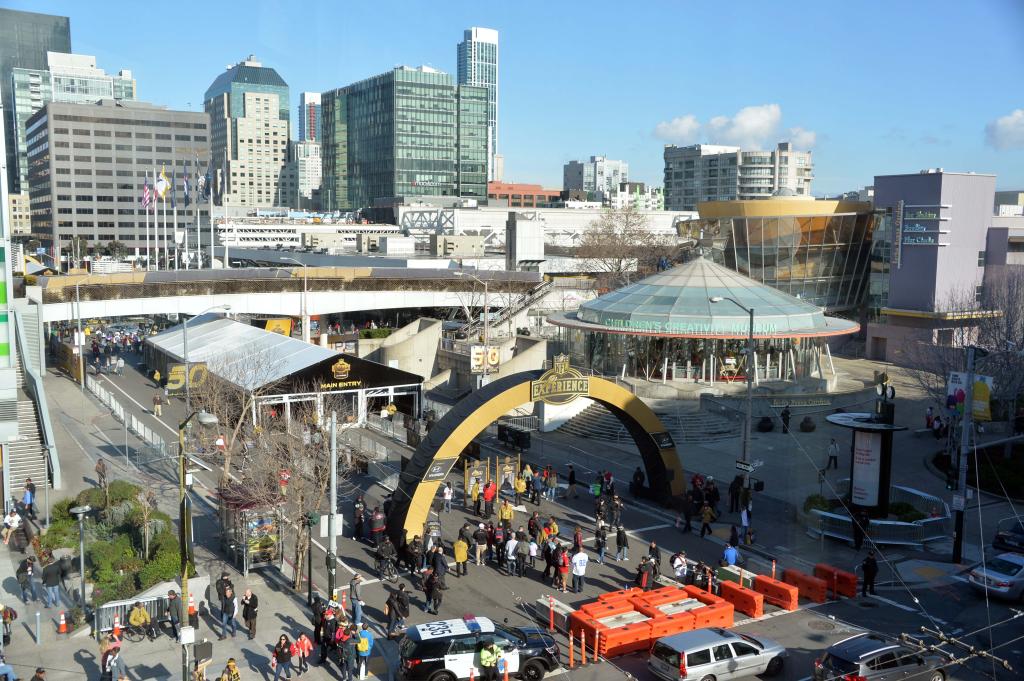The relationship between trees and humans has long been a simple one: They’ve always given us everything that we’ve ever wanted, and in return, we’ve never really given a shit if it killed them. That’s why kids read Shel Silverstein’s The Giving Tree — to learn at a very young age that it’s OK to let a friendly old apple tree commit suicide, if it means you get a boat.
But dignity be damned, those selfless giants can’t stop helping us. Even after all that we’ve done to them, it looks like they’re ready to help us take on our most formidable opponent yet: climate change.
According to a new study published this week in the journal Nature, secondary forests that regrow after deforestation in certain parts of the tropics can absorb up to 11 times more carbon than Amazonian old growth forests and up to 2.3 times more carbon than partially logged Amazonian forests (somewhat counterintuitively, partially logged forests actually benefit from uncrowded canopies and improved light availability).
Overall, the researchers studied 1,478 secondary forest plots in eight countries, covering all major environments in the Neotropics. They found that the improved carbon uptake rates took an average of about 20 years to kick in and that the total above-ground biomass took an average of 66 years to reach 90 percent of old growth levels.
That said, they also found that not all secondary forests are created equal. The ability of these young trees to gobble carbon like growing teenagers raiding the fridge was largely dependent on water availability. Dry parts of Mexico and northern Brazil, for example, were not as conducive to regrowth as, say, the heart of Amazonia. Knowing this, the researchers point out, we should be able to focus our reforestation efforts in places that will yield the highest sequestration rates.
But while this whole secondary-forests-love-carbon thing is good news, it doesn’t mean that we should all go grab our chainsaws. For one thing, old growth forests are fucking incredible. For another thing, they contain insane biodiversity. But perhaps most importantly, they have much higher carbon stocks (i.e. carbon that has already been absorbed) than their younger counterparts, and chopping them down means releasing that carbon back into the atmosphere.
So as much as we don’t deserve it, trees might be about to save our asses once again. The people at the Paris climate talks realized this, and it’s time for the rest of us to realize it, too. But first, it’s time to dance:



